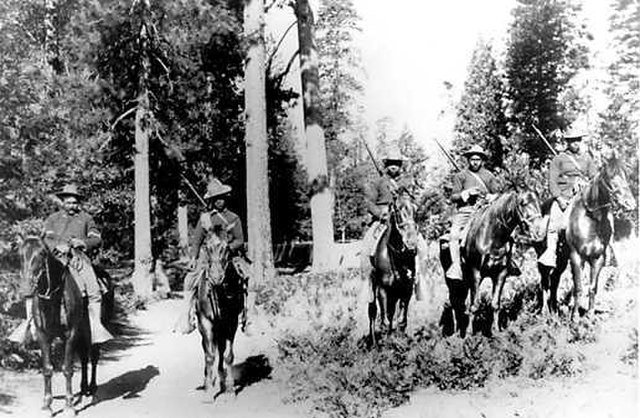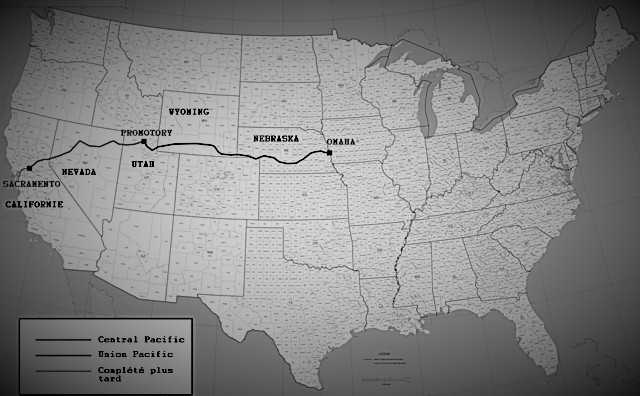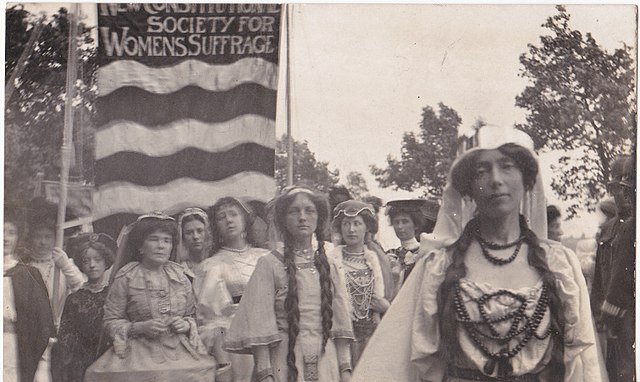
California wears its history proudly on its sleeve.
The state’s many prominent structures, ranging from the Cabrillo National Monument to the magnificent Golden Gate Bridge, serve as vivid reminders of the different eras and rulers who have left their mark.
Here are 13 of the most significant events that have shaped the city’s history and contributed to the development of California into what it is today.
Contents.
The Native American Tribes of California

Various Native American tribes inhabited the present-day state of California for 13,000 to 15,000 years.
Early explorers depicted California as an earthly paradise where native tribes simply lived off what nature provided.
Contrary to popular belief, California Indians established rich cultures and rituals decades before the arrival of Spanish missionaries.
California was home to around 100 native tribes. The pre-European population of Native Americans in California is estimated at approximately 300,000 natives.
Tribes included the Mojave, Yokuts, Karok, Maidu, Cahuilleno, Modoc, Paiute, and Pomo.
The First European Contact in California – (1542)

A Spanish sailing expedition led by Portuguese captain Juan Rodriguez Cabrillo entered San Diego Bay for the first time in September 1542.
Cabrillo and his crew could not easily exploit California, which was located at the extreme limits of exploration and trade from Spain.
California would remain essentially unexplored for the next 234 years.
California Exploration and Settlement – (1579)

Captain Francis Drake explored the California coast in 1579, which led to England claiming the country.
Drake made friends with the Coast Miwok and claimed the territory as Nova Albion, or New Albion, for the English Crown.
However, Spain had been exploring and settling in California long before this, resulting in a tremendous tug of war between England and Spain.
Spanish Colonial Period in California – (1769–1821)
The Jesuit priest Juan Maria Salvatierra established the first permanent mission in Baja California, escorted by a small boat crew and six soldiers.
Spain separated California into two provinces Baja California and Alta California. Baja consisted of the Baja Peninsula and ended roughly near San Diego, California.
The settlement of Alta California was the final colonial initiative to expand Spain’s territory in North America, and it sought to do so at the lowest possible expense and with the least amount of assistance.
Mexican Rule in California – (1821–1846)

Mexico gained independence from Spain in 1821 through The Treaty of Córdoba and ruled California for a quarter of a century.
Ranchos, or massive cattle ranches, developed as the primary establishments of Mexican California.
Soon after, American explorers began to explore the state, eventually establishing American outposts throughout the region.
This resulted in the American rebels establishing the California Republic in 1846, paving the stage for the Mexican war.
Mexico lost its entire northern frontier to the United States only twenty-five years after winning independence in 1821.
Annexation of California – (1846–1847)

In 1846, a gang of around 30 armed Americans led by William Ide stormed into Sonoma, a small city in the Mexican province of Alta California.
There was initially no opposition in California as they replaced the dysfunctional and ineffective Mexican administration, which the Californios had already overthrown.
They made a makeshift flag out of a cotton sheet and red paint, with a rough drawing of a grizzly bear and the words “California Republic” at the bottom. This event became known as the Bear Flag Revolt.
California Gold Rush – (1849)

John Sutter and James Marshal first struck gold in 1848 while constructing a water-powered sawmill along the American River in Coloma, California.
The discovery of gold at Sutter’s Mill triggered the most significant migration in US history, drawing migrants from a dozen countries to build a multi-ethnic community on America’s outskirts.
By the end of 1849, the non-native California population of 1000 increased to a staggering 100,000 during the Gold Rush.
Miners flocked from all over the world, extracting more than 800,000 pounds of gold during the gold rush.
The Slavery Compromise of 1850

The California Constitution of 1849 made all forms of slavery illegal.
Then, in 1850 a Compromise was made of five bills that aimed to settle disagreements over slavery in new territory, allowing California to be admitted to the Union as a free, non-slavery state.
Becoming the 31st State in America – (1850)
California was officially recognized as the 31st state of the United States on September 9th, 1850.
The following year on July 4th, the 31-star flag entered circulation as the new national flag.
Since then, people of all ethnic backgrounds have come to the Golden State searching for a life of quality and magnificent beauty.
California in the American Civil War – (1861)

The business elite of California would ensure the war’s success by keeping it well funded with the help of the state’s rich gold mines.
California maintained and built many forts along its borders, restricting Confederate activity and securing the New Mexico Territory against Confederate troops.
Although California did not send organized battalions east, so many Californians joined the Union Army that the 71st Pennsylvania Volunteer Infantry was nicknamed the California Regiment.
Opening of Transcontinental Railroad – (1869)

On May 10th, 1869, the Central Pacific Railroad’s lines from the west were linked to the Union Pacific Railroad’s tracks from the east.
President Leland Stanford, in a ceremony, drove the gold “Last Spike” (later dubbed the “Golden Spike“) at Promontory Summit in Utah.
For the first time in American history, transcontinental railroad travel was made possible.
The Great San Francisco Earthquake – (1906)

A foreshock with enough force to be felt throughout the San Francisco Bay area happened on Wednesday, April 18th, 1906, at precisely 5:12 a.m., local time.
Destructive fires raged throughout the city for several days, destroying approximately 28,000 buildings.
Over 3,000 people died due to the 7.8 Richter magnitude earthquake and fires, and more than 80% of San Francisco was destroyed.
Women’s Right to Vote – (1911)

In a historic election on October 10th, 1911, California voters narrowly awarded women the right to vote.
The movement was called Women’s suffrage in California and was successful with the passage of proposition 4
Most of those women and men participating in this campaign became politically active in the national suffrage movement.

